Hefei Intangible Cultural Heritage Park
Hefei Intangible Cultural Heritage Park
Hefei Intangible Cultural Heritage Park project is located in Changfeng County, Hefei City, China. The project covers an area of about 3500 mu, with a total investment of 500 million yuan and a construction period of 5 years. There are 16 core projects in the park, including China intangible cultural heritage exhibition center, Chinese traditional and folk craft heritage garden, Chinese horticulture and Hui style bonsai cultural heritage garden, International Intangible Heritage academic research and conference center, Chinese famous tea cultural heritage garden, etc.
introduce
The first phase of the project is planned to be completed in one year and opened to the outside world in advance. After the completion of all the projects, it is expected that the long-term tourist reception capacity will reach 1 million people per year.
On the morning of August 29, 2008, the founding ceremony of China's Intangible Cultural Heritage Park (Hefei) was solemnly held near Wolong Mountain, Gangji Town, Changfeng County.
Scenic spot
32 Ming and Qing buildings moved into the park
The Ming and Qing Gardens, China's largest ancient building complex built in non-heritage gardens, will relocate 32 Ming and Qing buildings to the gardens. Tourists seem to travel through time and space and back thousands of years ago. As of February 10, 2012, Qifeng Tower, official corridor, ancient pavilion and other ancient buildings from Huizhou have been settled in the park.
Gulong Kiln (Chai Kiln) Relics
Wolong Mountain was once the site of Yao Yin Zen Temple, an ancient famous temple. It was built under the Wolong Mountain as a non-heritage site. Every year, the 29 th Temple Fair of February of the lunar calendar is held in Wolong Mountain. Good men and believers from all sides gather here. Many famous mountain monks admire it. When the Japanese invaded Hefei in 1941, the temples were destroyed. After the completion of this non-heritage park, the temple will be restored at the original site of the Zen Temple, beside which is the site of the Gulong Kiln (Chai Kiln). After the opening of the non-heritage park, the 500-meter-long site of the Gulong Kiln (Chai Kiln) in the late Qing Dynasty will also become a paradise for tourists.
"Four Great Masterpieces" of Giant Brick Carving
There are many treasures in non-heritage gardens, but there are eight of the most distinctive ones. Top of the list is the giant brick carving Journey to the West. The work is created by Zhang Cunshi, the heir of the sixth generation of brick carving in China. It is 3 meters high and 400 meters long. By August 11, the work has been completed and will be transported to the park. At the same time, it will declare the Guinness World Records.
After the completion of brick carving in Journey to the West, the following four masterpieces, giant brick carving, will also start to create, and the final brick carving group will be more than 1,000 meters long.
In the park, 1500 meters long, a 1:1 scale reproduction of the "Qingming River Map" giant scene color lights, can be compared with the "Qingming River Map" in the China Pavilion of the World Expo. After the completion of this work, it will also declare the Guinness World Records.
Wolong Sanhe Tower
The Confucian Pagoda, Buddhist Pagoda and Taoist Pagoda in the garden are called Wolong Sanhe Pagoda, which is a combination of three religions. They are 118 meters high. When completed, they will be the tallest ancient pagoda complex in China and even in the world.
Show three show
The three performances in the garden, Ma Xiu, Shuixiu and T Xiu, integrate culture with science and technology and become the unique performances culture in China. At the same time, Liu Laogen's Grand Stage will be invited to enter the theatre. Every day, there are many programs for tourists to enjoy.
Red Tourism Park
In the Red Tourist Park, Zhou Enlai's special plane 50050 Trident will also be introduced into the park.
Animal Arena
There are horses, sheep, chickens and dogs coming from all over the world, horse racing dog racing, cock fighting and sheep fighting competitions.
Construction background
In 2001, UNESCO issued the Convention for the Protection of the Intangible Cultural Heritage. Our country is one of the States Parties.
In order to carry out the spirit of supporting the protection of important cultural heritage and excellent folk arts at the 16th National Congress of the CPC and to carry out China's accession to the Union
Under the obligation of UNESCO Convention on the Protection of Intangible Cultural Heritage, the State Office issued document No. 18 promulgating "Opinions of the General Office of the State Council on Strengthening the Protection of China's intangible cultural heritage". In the "Opinions", the State Council clearly pointed out the principles of intangible cultural heritage protection: "Government-led, social participation, clear responsibilities, forming a joint force." Guidelines for Work: "Protect first, save first, utilize rationally, inherit and develop". It also demands that "local governments at all levels should strengthen leadership, put protection on important work agendas, integrate it into the overall planning of national economic and social development, and integrate it into the outline of cultural development." To this end, the State Council has established the "Joint Meeting System of the Ministries of intangible cultural heritage protection in China".
Under the background of this policy, Anhui Huajiao Group, with its strong development team and strong funds, as well as its advantages in financing and market operation, has taken the lead in proposing the establishment of "China (Hefei) intangible cultural heritage park" with relevant experts after nearly eight months of research, in order to promote Anhui cultural industry to large-scale, high-level and high-quality. The direction of development. Once the project is launched, the provincial and municipal governments attach great importance to it. Non-heritage projects have been listed as the "861" plan of action in Anhui Province and the key culture in the "1346" plan of action in Hefei City.
Industrial projects. The project is managed by the Propaganda Department of Hefei Municipal Committee and sponsored by Anhui Huajiao Group. The project was first signed at the signing ceremony of the cultural industry project of the China International Huizhou Business Conference held on May 18, 2007. At the Anhui Changfeng-Zhejiang-Fujian Economic and Trade Fair held on August 28, 2007, the project of the Intangible Cultural Heritage Park of China (Hefei) was officially signed and landed, marking the formal settlement of the intangible cultural heritage Park of China (Hefei) in Wolong Mountain.
Zhang Chunsheng, deputy director of the Standing Committee of the Anhui Provincial People's Congress, is the honorary group leader; Lin Chengan, Minister of the Propaganda Department of the Hefei Municipal Committee, is the group leader; Fang Dongling, Deputy Minister of the Propaganda Department of the Municipal Committee, and the leaders of many relevant departments of the provinces and municipalities serve as the Deputy Group leader or consultant in the project
The Propaganda Department of Hefei Municipal Committee has already declared the project to be the first national "research and development demonstration base of China's intangible cultural heritage" in operation, and has reached preliminary intention with the "Leading Group of Non-Heritage Protection Work" of the joint inter-ministerial meeting of nine ministries and ministries. When the project starts formally, it will participate in laying the foundation and granting the license. At the same time, the Intangible Cultural Heritage Park of China (Hefei) will gather a large number of masters of Arts and crafts, mainly: Zhang Cunshi, the sixth generation of Huizhou brick carving, Professor Yan Yumin, the founder of snow painting, Huang Deyi, Zheng Yunyi, the founder of Huizhou blue and white porcelain, Qi Peicai, the member of China Artists Association, Li Jusheng, Hui, the member of China Society of Arts and Crafts. Yan Fuli, lifelong honorary consultant of class crafts, Hu Xiaoshi, the fifth generation successor of Huizhou stone carving, Wang Xiliang, master of Chinese arts and crafts, and so on.
Construction scale
The project covers an area of about 3500 mu, with a total investment of 500 million yuan and a construction cycle of 5 years. There are 8 core projects and 7 supporting projects in the park.
One. All eight core projects are planned to be completed within three years.
The project consists of: 1. Traditional Folk Arts and Crafts Heritage Garden (1) Chinese Brick Carving Art Culture Garden (2) Chinese Buddhist Culture Garden (3) Chinese Hui Porcelain Culture Garden (4) Chinese Face Culture Garden (4) International Academic Research and Development and Conference Center for Intangible Cultural Heritage (3) Chinese Horticulture and Hui Bonsai Cultural Heritage Garden and Literature (4) Artists and Craftsmen Culture Village (5) Chinese Folk Customs and Folk Food (5). Drinking Heritage Park, 6. Chinese Medicine and Xin'an Medicine Heritage Park, 7. Chinese Famous Tea Cultural Heritage Park, 8. Rap and acrobatics Competitive Art Heritage Park, 9. Folk Customs and Ancient Customs Heritage Park, 10. China intangible cultural heritage exhibition center, 11. Tradition and Folk Arts Training Center, 12. Folk Literature Heritage Trading Center, 13. Antique and Painting Art Exhibition and Exchange Center. With the completion of the project, the long-term visitor reception capacity is expected to reach 1 million visitors per year. Annual income is more than 80 million yuan, and tax payment can reach more than 5 million yuan. (excluding sales revenue of processed products).
site selection
Why do you like Wolong Mountain?
In what way will the first non-heritage park, which is now under construction, protect these cultures? How can they continue to innovate and spread? To this end, the reporter interviewed Xu Bing, the project leader, the executive vice chairman of Anhui Arts and Crafts Society and the chairman of Anhui Huajiao Group, yesterday to unveil the mystery of the first non-heritage garden.
Xu Bing introduced that he had inspected many places on the site selection of non-heritage sites. On the one hand, non-heritage parks should be located in places with convenient transportation. Within 10 kilometers around Hefei, non-heritage parks should be built in places with beautiful natural environment, so that the natural environment can be integrated with the human landscape of the park. Wolong Mountain is only 18 kilometers away from Hefei, with beautiful natural scenery. On the whole, non-heritage gardens will rely on the natural features of the mountain itself. After completion, palaces of traditional culture will be presented between green mountains, green waters and grey tiles and white walls, which will bring beautiful enjoyment to tourists'visit and entertainment.
Speaking of the original intention of building this non-abandoned garden, Xu Bing has a wonderful exposition: the forgetting of intangible cultural heritage is the forgetting of human "root" culture, and the discarding of national "soul". Mankind needs to continue its "roots" and the nation needs to stick to its "soul". To this end, Xu Bing confidently said that non-heritage gardens should be built into a brand of Hefei cultural industry and become a shining business card of Hefei.
Environmental quality
The Intangible Cultural Heritage Park of China (Hefei) is located in Wolong Mountain, Gangji Town, Changfeng County. It has beautiful natural scenery, convenient transportation and is the frontier of the development of Dahefei. On the basis of fully utilizing the original ecology and protecting the original ecology, the project constructs a "non-heritage garden". Integrate the natural environment of the region with the humanistic landscape of the intangible cultural heritage park. The development and construction of the park will enhance the visibility of the falling areas and stimulate local financial and tax revenue. Extend product development through project. It can provide a large number of employment opportunities and promote the rapid development of regional economy.
Site selection
Eleven experts and scholars from the State Administration of Cultural Heritage, the Ministry of Culture, the Ministry of Construction and Tsinghua University carried out a comprehensive demonstration and in-depth analysis of the overall plan of the project. They agreed that the "China (Hefei) intangible cultural heritage park" was the first Intangible Cultural Heritage Park in China. With the concept of rescue, protection, inheritance, innovation and development, it will become a intangible cultural heritage park integrating protection, research and development, exhibition, production, marketing and leisure. It will also strive to build a base of excellent traditional culture and patriotism education in primary and secondary schools, a national 5A-level cultural industry tourism base, a national intangible cultural heritage exhibition protection and research and development base, and a country. Family-level cultural industry base.
Representative Ancient Residences in Huizhou to the Park
Non-heritage gardens are planned with the architectural styles of ancient villages in Southern Anhui, Central Anhui, Northern Anhui and so on.
Inside.
The translation of a group of buildings is a complex and huge project, but it may bring visitors the most beautiful scenery in the future. Imagine that in an original building in northern Anhui, the heirs of Jieshou's painted pottery firing the painted pottery on the spot, showing visitors the craftsmanship of the painted pottery, and providing visits and exchanges. Such a real and restored environment can make tourists feel the artistic charm of the world's first colored pottery.
Xu Bing said that this kind of building translation is different from Huiyuan. Huiyuan is to show the building itself, not the buildings from the ruins. It is not to show the building itself, but to better show the non-relics culture that was born in this architectural environment.
Economic performance
The salvation, protection, inheritance and innovation of national excellent traditional culture are the bounden responsibility of every responsible cultural enterprise. The establishment of "intangible cultural heritage park" will accommodate the intangible cultural heritage of Anhui Province and the excellent intangible cultural heritage of all parts of the country in the park, and select projects with development value, using market-oriented operation means, so as to make it glow with new vitality. Let our excellent traditional culture produce tremendous social benefits at the same time, it will also produce tremendous economic benefits. Only in this way can we truly and effectively protect the root culture of our nation.
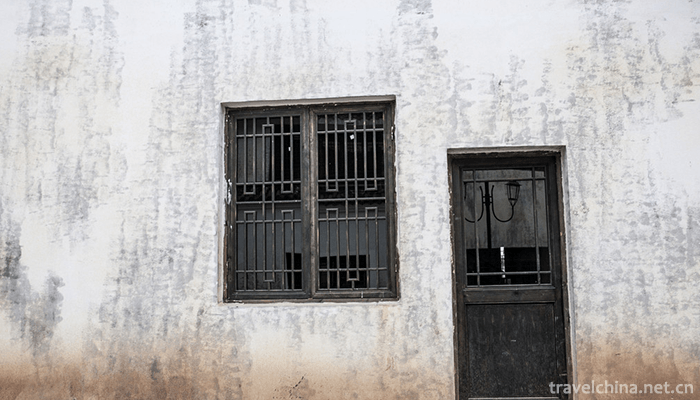
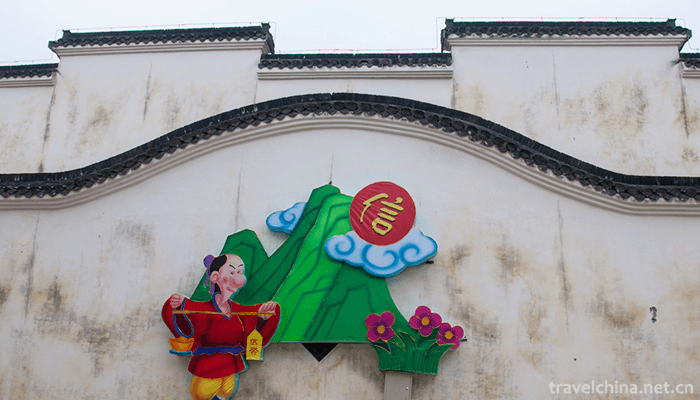
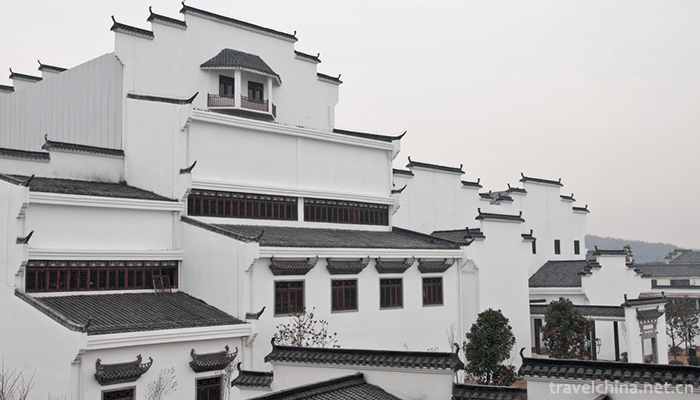
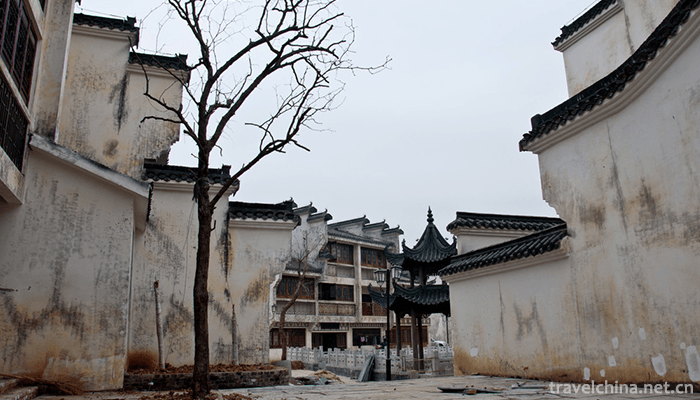
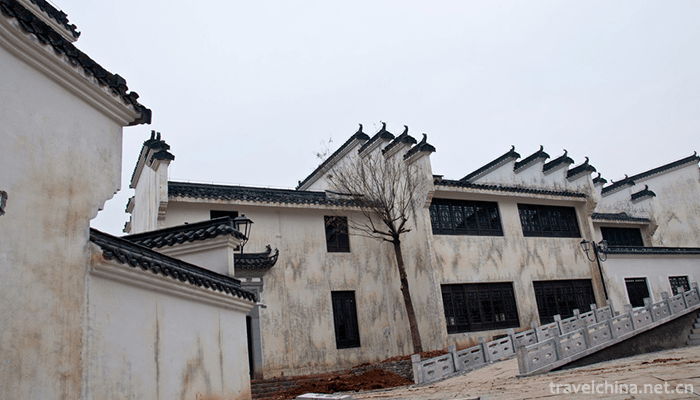
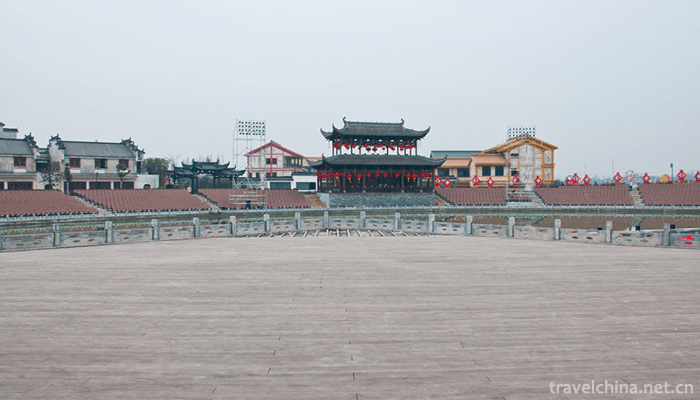
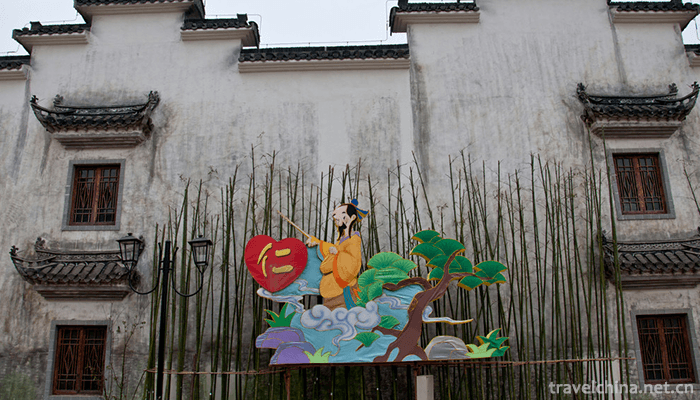
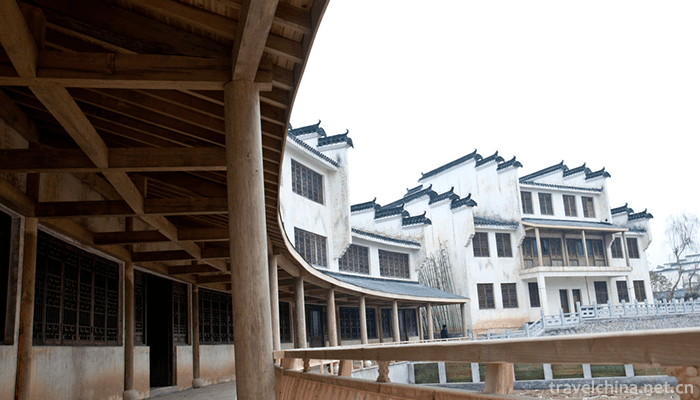
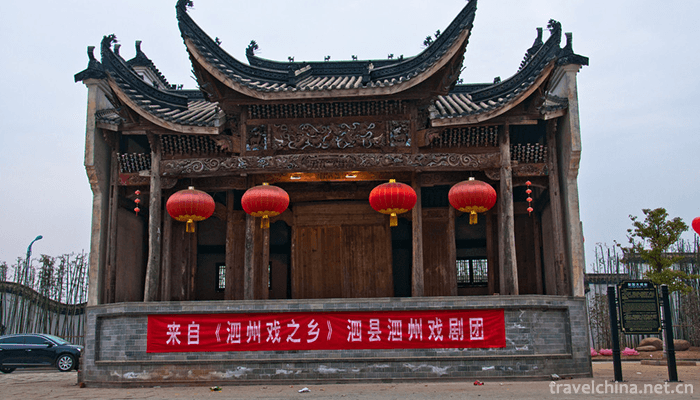
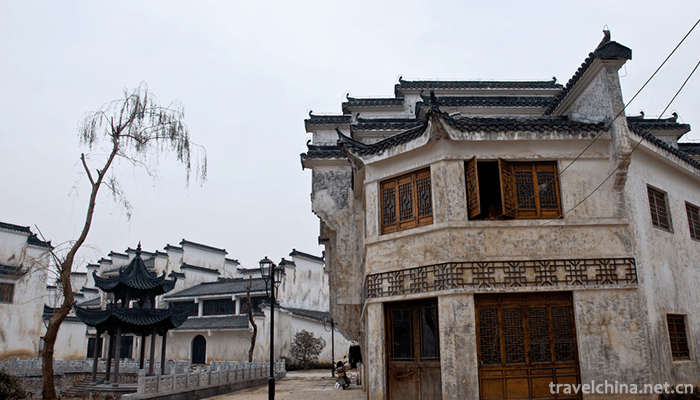
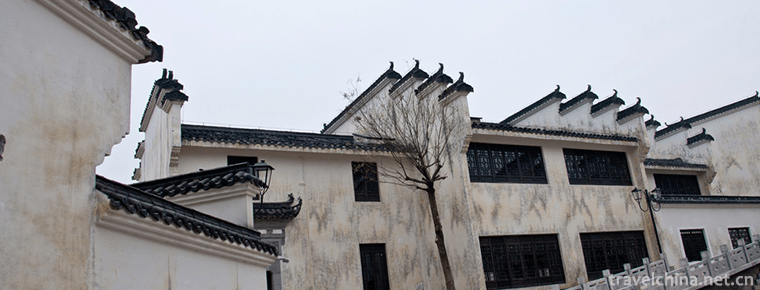
-
2.Stirfried Shrimps with Longjing Tea Leaves
Lobwell shrimp is a famous Hangzhou dish with a strong local flavor. It is made of lobwell tea and shrimp before and after the Qingming Festival.
Time 2018-10-27 -
3.Mutual Aid Tu Nationality Hometown
Huzhu Tujia Hometown Scenic Area is located in Weiyuan Town, Huzhu Tujia Autonomous County, Haidong City, Qinghai Province. It is 31 kilometers away from Xining City
Time 2018-12-12 -
4.Ancient town of Guandu
Guandu Town, located in the Southeastern Suburb of Kunming, is one of the famous historical and cultural ancient towns in Kunming. Guandu ancient town gate (big archway) is located in the southeastern
Time 2019-01-13 -
5.Zhijin cave
Zhijin Cave, located in Guanzhai Miao Township, Zhijin County, Guizhou Province, is located on the South Bank of Liuchong River, one of the sources of Wujiang River, 120 kilometers away from Guiyang,
Time 2019-03-18 -
6.Lusheng Dance of Lahu Nationality
Hulusheng dance is a representative of the Lahu nationality. It mainly spreads in busy Nuo Township, Mengmeng Township, Dawen Township, Mengku Township and other Lahu villages in Shuangjiang
Time 2019-05-10 -
7.Production Techniques of National Musical Instruments
The production of national musical instruments in Suzhou is one of the local traditional handicraft techniques in Jiangsu Province. With a long history, a wide range of varieties, exquisite skills and
Time 2019-06-05 -
8.Wenzhou embroidery
Ou embroidery, also known as painting curtain, is a local traditional art in Wenzhou, Zhejiang Province. It is produced in Oujiang area. It is also one of the special handicraft products of "thre
Time 2019-06-08 -
9.Legend of Qu Yuan
The legend of Quyuan is one of the local folklores in Zigui County, Hubei Province. The people of Zigui created and inherited folk literature with lyric and expressive expression by linking Quyuan wit
Time 2019-06-11 -
10.Silk weaving skills in Suzhou
Tilting, also known as carving, is an ancient and unique traditional weaving process in China. It mainly exists in Suzhou and its surrounding areas. Since the Southern Song Dynasty, Suzhou silk has be
Time 2019-06-17 -
11.Central Crossing of Flyover
Zhongbian is a local traditional folk acrobatics in Beijing. Beijing's overpass is a prosperous and lively civilian market with a long history, well-known at home and abroad. During the reign of Emper
Time 2019-06-21 -
12.Aba Teachers University
Aba Teachers College, formerly Aba Teachers College, is a full-time general college approved by the State Council in December 1978. In 1993, it was renamed Aba Teachers College. The school was origina
Time 2019-08-31